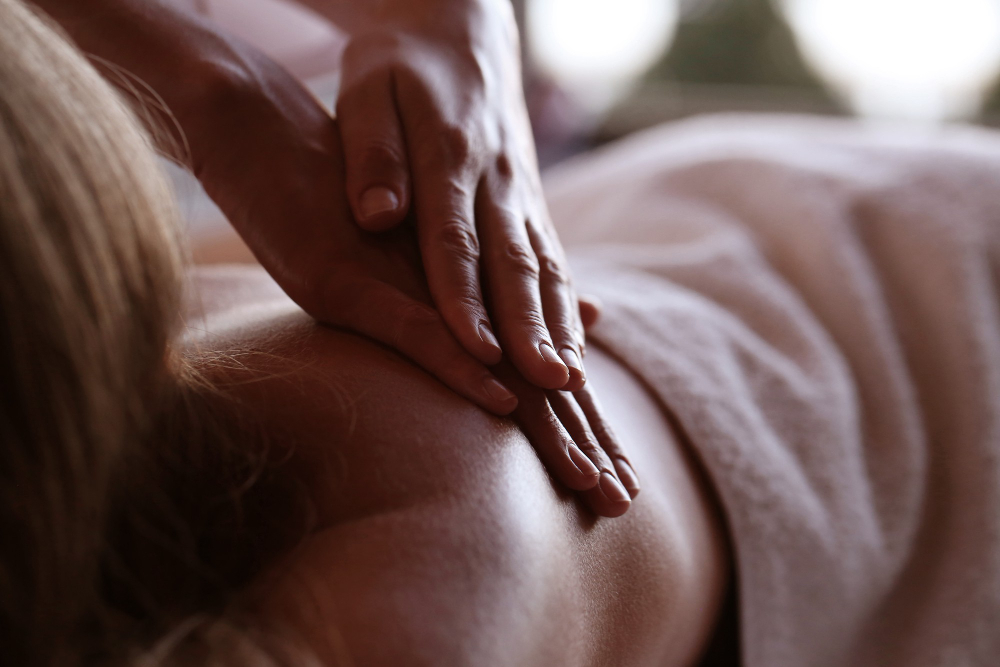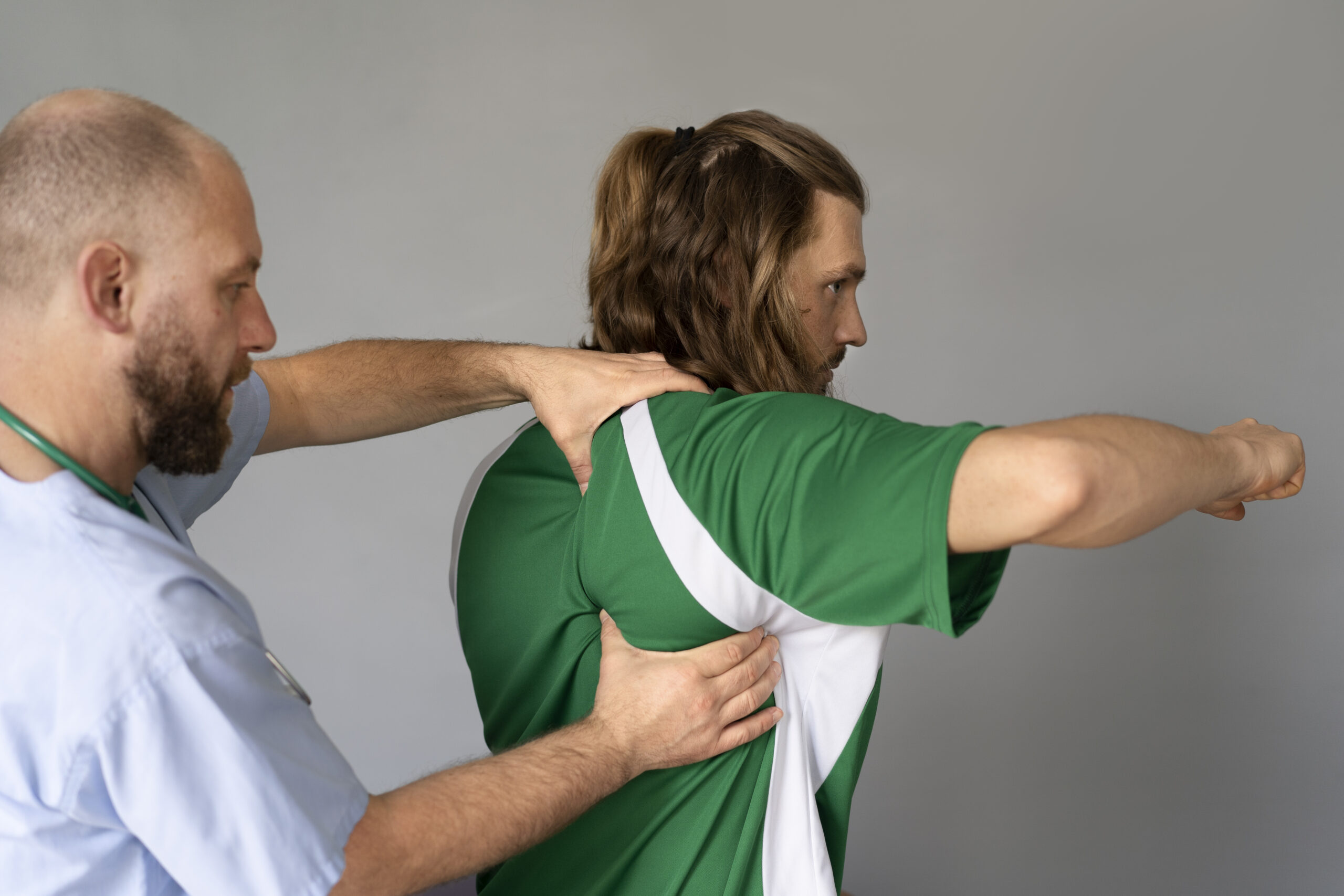Soft tissue injuries are not uncommon. Rolling over on your ankle whilst walking on uneven terrain, or twisting a knee or wrist, has probably happened to most people at some point. If such a sprain or strain results in inflammation, pain or bruising, then your body is trying to warn you and protect the injured area. You can help reduce the associated pain and speed up the healing process, by using the RICE method.
What does RICE stand for?
RICE is a mnemonic for a four-step first-aid process that you can safely do at home to help treat minor soft tissue injuries. RICE stands for Rest, Ice, Compression and Elevation. If you have reason to believe that the injury is not simply a soft tissue injury, for example if you suspect a broken bone or there is non-trivial bleeding in the injured area, you should of course seek urgent medical attention.
The four stages of RICE

1. Rest
The pain produced by the injury is a message to your brain to alert you that something is wrong, and to rest the painful area. For a leg injury, try not to put any weight on the injury for 24 to 48 hours. It may be tempting to ignore the pain, or mask it with pain killers, but this can make the injury worse, which in return may require a longer time to recover fully. Total rest may not be possible, but you should make every effort to significantly reduce the usage of the injured area.
2. Ice
Application of an ice pack will help reduce both pain and swelling. If you don’t have a dedicated ice pack, then a bag of frozen peas makes a very effective substitute. You should place a thin cloth (think tea towel or similar) between the injury and ice pack, to avoid risk of ice burn. Apply the cold pack for between 15 and 20 minutes every 3 to 4 hours over the first few days.
3. Compression
Compression will help reduce swelling and support the injured area. Elastic bandages or specialist sports supports are readily available. Make sure the compression is not too tight. If you think that blood flow is being restricted, for example numbness or tingling, then loosen the compression. If after 2 or 3 days of compression, there is still swelling, you should talk to a doctor, just to ensure that there is not a more serious problem.
4. Elevation
Elevation is about keeping the injured area above the level of your heart, as much as possible. This helps reduce swelling and bruising. For a leg injury, this might involve using a foot stool or pillow, whilst sitting on the sofa. For a wrist injury, a sling can help with both elevation and rest. Keep the injured area elevated as much as possible, at least 3 or 4 hours a day is recommended.
It is important to continue with the RICE method for a few days. If during this time, you are concerned that the injury is getting worse, for example more painful or increased swelling, then consult a doctor straight away.
The RICE method is not perfect, but for most minor soft tissue injuries it provides a successful and proven route to aid recovery. Once the initial swelling and pain have reduced, consider appropriate physiotherapy to help rebuild strength and prevent the injury happening again.





